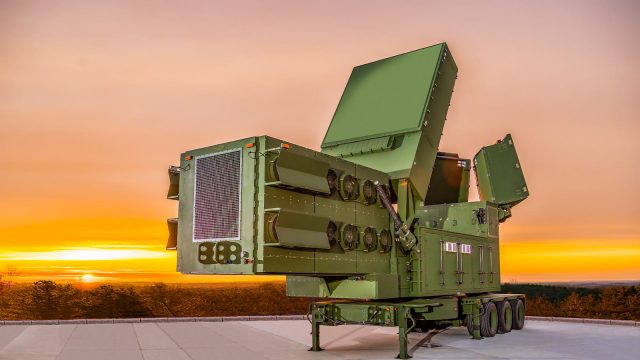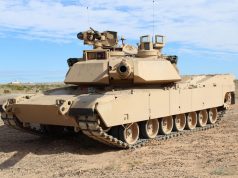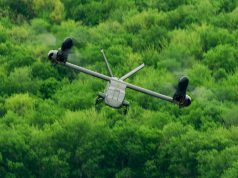Raytheon has reported the successful completion of contractor verification testing for the Lower Tier Air and Missile Defense Sensor (LTAMDS) in collaboration with the US Army.
Conducted at the White Sands Missile Range, the trials assessed the design and performance of LTAMDS radar against real and simulated threats. During the tests, LTAMDS was integrated with the US Army’s Integrated Air and Missile Defense Battle Command System (IBCS) to accomplish 11 mission sets.
These missions encompassed various target types, including drones, fixed-wing, and rotary aircraft, as well as surrogate cruise missiles and tactical ballistic missiles, demonstrating the radar system’s capabilities.
According to the company, all six radars from the October 2019 contract have completed production and are currently undergoing concurrent testing at various government and Raytheon test sites.
This phase includes integration, testing activities, and ongoing user training, with a soldier-conducted operational assessment planned by year-end. Testing is set to continue in 2024, leading up to full operational capability within that calendar year.
“The strong performance of LTAMDS at this stage of testing is a critical milestone on the path to achieving an operational capability level by the end of this year,” said Tom Laliberty, president of Land & Air Defense Systems at Raytheon. “The progress made to date is a testament to our collaborative partnership with the US Army and our shared commitment to getting this exceptional capability to air defense forces around the globe as soon as possible.”
LTAMDS represents the US Army’s next-generation air and missile defense radar. It features a 360-degree, Active Electronically Scanned Array radar, powered by Raytheon-manufactured Gallium Nitride, providing enhanced performance against a wide range of threats, including manned and unmanned aircraft, cruise missiles, ballistic missiles, and hypersonics.



























